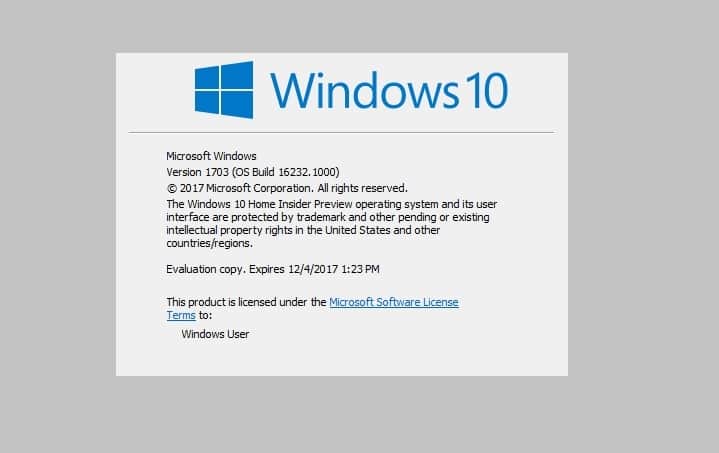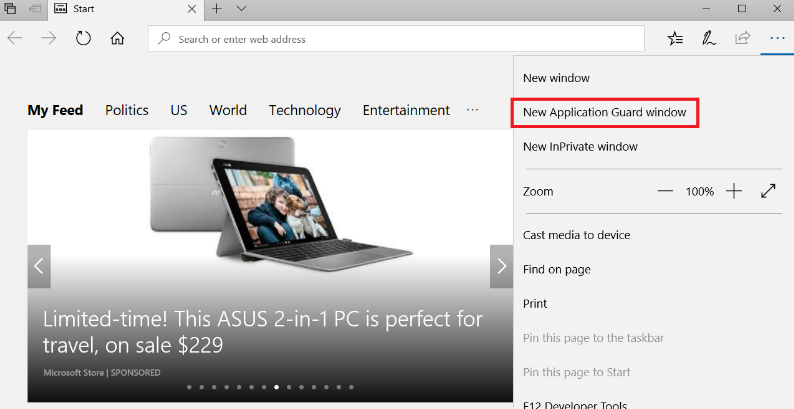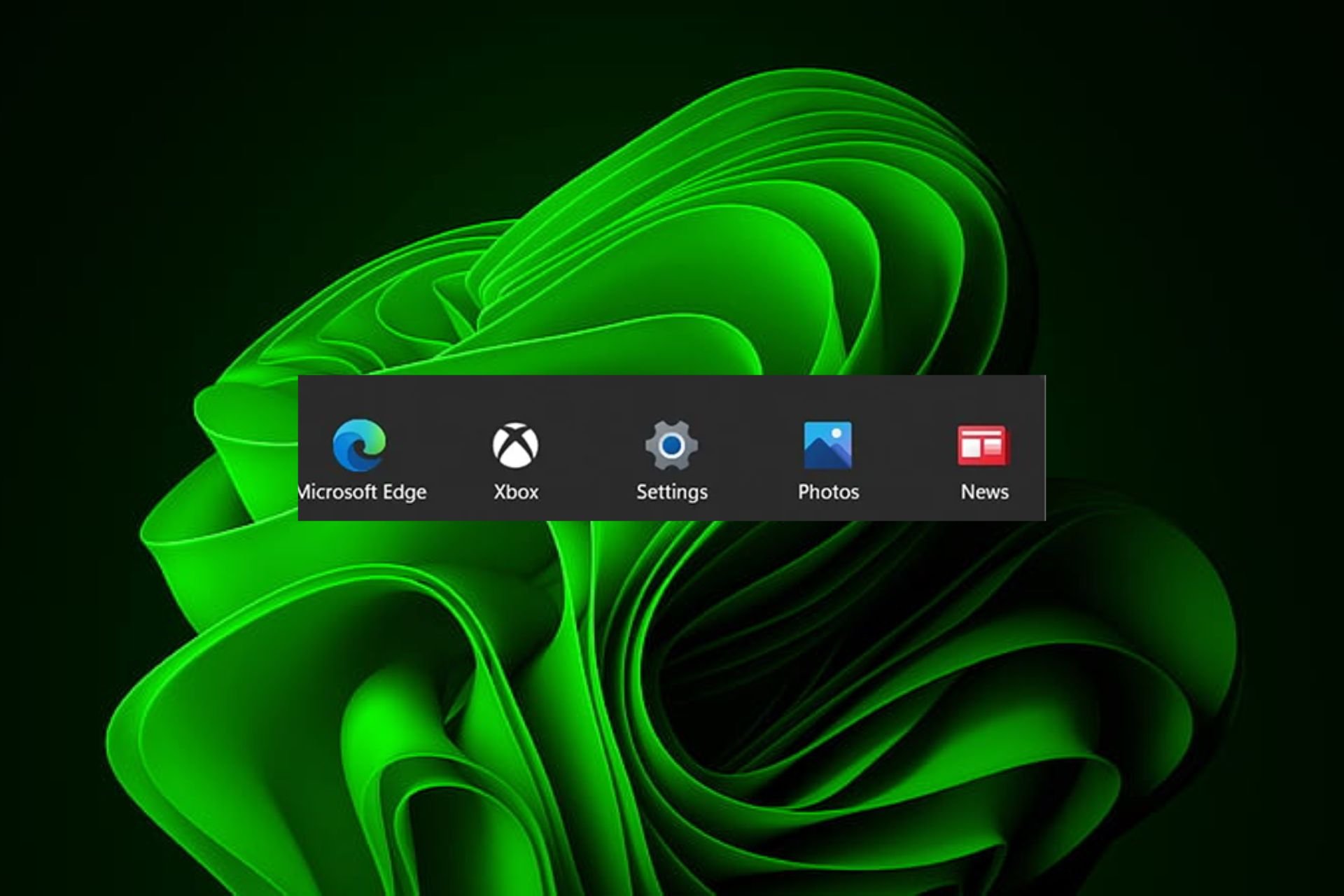Win10 build 16232 strengthens Windows Defender, closing the door on ransomware
2 min. read
Published on
Read our disclosure page to find out how can you help Windows Report sustain the editorial team Read more

Microsoft recently rolled out a new Windows 10 Fall Creators Update build to Fast Ring Insiders, and Build 16232 is all about Windows Defender. Windows 10’s built-in antivirus received a series of new features and improvements that will give it the upper hand in the battle against malware.
Windows Defender destroys ransomware
Insiders can now benefit from several layers of protection against ransomware attacks thanks to Windows Defender’s new features, which is timely because hackers are currently on a spree with the use of Petya and GoldenEye. These two ransomware have affected thousands of computers worldwide in the past few days, with victims not being able to recover their files even if they pay the ransom.
Without further ado, here are Windows Defender’s new anti-ransomware features.
Windows Defender Application Guard in Edge
You can now access more Windows Defender Application Guard features in Microsoft Edge. Thanks to these new features, your favorites, cookies, and saved passwords will be persisted across Application Guard sessions. In this manner, Application Guard can step in whenever necessary to isolate potential threats, making Microsoft Edge safer and more secure.
For more information on how Application Guard works on the Edge browser, check out this video:
Exploit Protection
Windows 10 users can now audit, configure, and manage Windows system and app exploit mitigation settings straight from the Windows Defender Security Center. To access this new tool, open the Windows Defender Security Center and go to the App & browser control page.
Controlled folder access in Windows Defender
Windows 10 makes it easier for you to protect valuable data from ransomware. The new ‘Controlled folder access’ feature monitors changes in certain protected folders. If an app attempts to change these files, Windows Defender will block it and will inform you about the attempt.
To enable Controlled folder access, go to Start, and open the Windows Defender Security Center. Go to Virus & threat protection settings and switch on the option ‘Enable Controlled folder access’.
Windows 10 build 16232 also brings a bevy of bug fixes, making the OS more stable and reliable. You can read more about these fixes and improvements on Microsoft’s website.
Have you downloaded build 16232 on your computer? Is everything running smoothly or did you encounter any issues after installing it?
RELATED STORIES YOU NEED TO CHECK OUT:
- Prevent future ransomware attacks with this free tool











